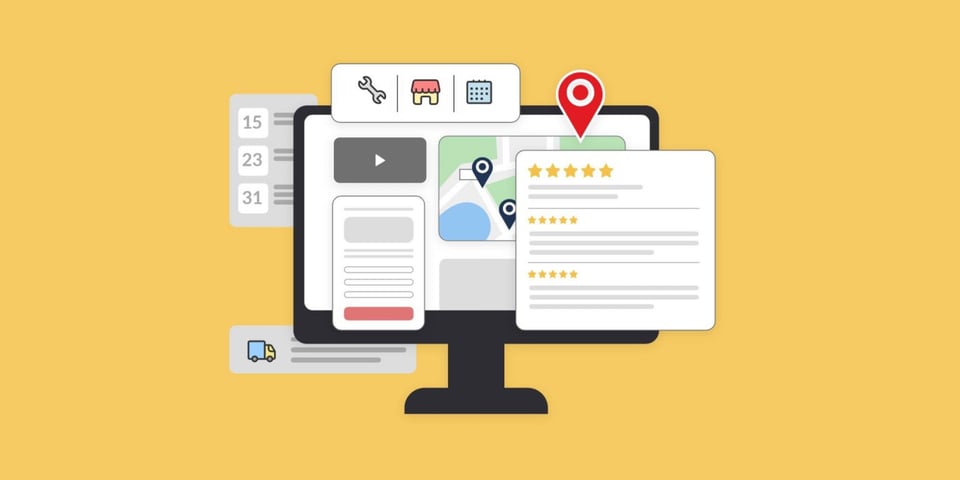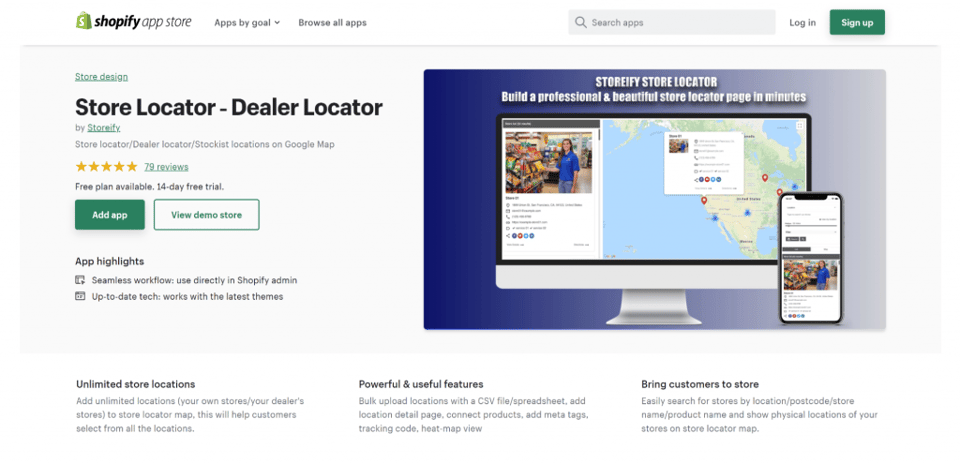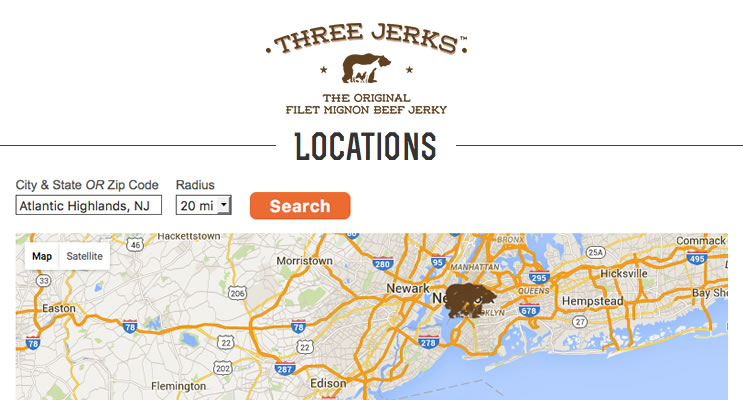Looking for a way to better engage customers and sell more window products? Take a look at one crucial component of your website: your store locator page.
Store locator pages are simple in concept, but they represent a part of your digital presence that can earn you many more leads and sales, if done right. When potential buyers come looking for your brand’s window products, the experience of finding the right dealer should be smooth and uncomplicated.
However, many window manufacturers are missing the mark. Their sites might feature dealer listings, but without important details about each location, a clean interface, or up-to-date store hours.
All of those are silly reasons to miss out on sales. Just by implementing a few must-have features for your store locator page, your website can be a wide-open “window” to more customer opportunities.
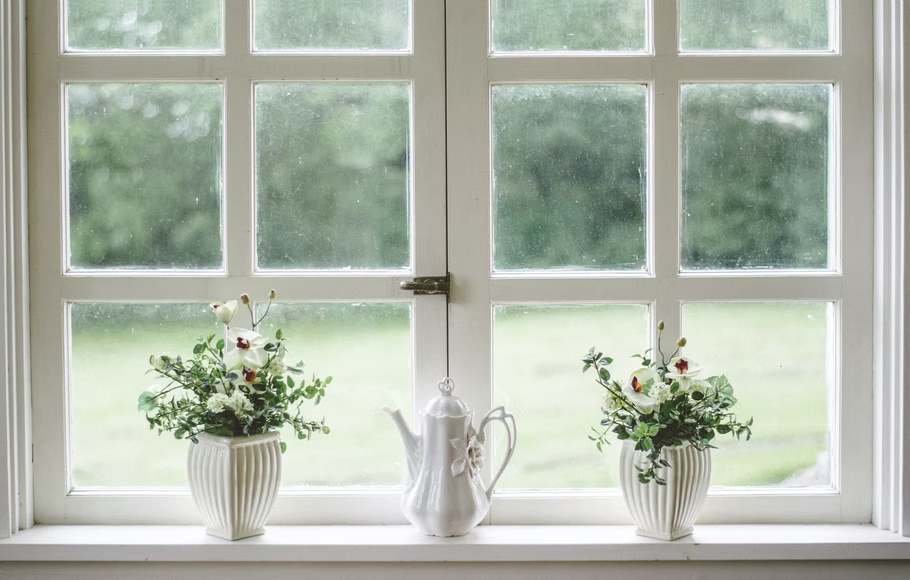
Here, we’ll explain 5 store locator best practices that window manufacturers can use to delight interested prospects and boost sales:
1. Keep Local Dealer Info Up to Date and Accurate
Ready-to-buy customers want accurate information. Especially these days, as businesses reopen and readjust to a new normal, your customers must be confident about when and how they can make purchases.
That means ensuring that your dealers’ regular and seasonal store hours, as well as phone numbers and addresses, are always accurate. To help out your customers even more, make sure that all listings are complete and up-to-date with stock availability for your various product lines.
Fewer building materials are more essential for residential and commercial use than windows and doors…so your customers will appreciate knowing for sure which products are in stock, where, and when.
If your business works with many local dealers, it can be impossible to do this all manually. In that case, it’s wise to turn to a solution like the Bullseye Dealer Locator software. Bullseye makes it easy to keep all your listings updated through an intuitive, easy-to-use interface.
That, in turn, will make for happier window buyers.
2. Ensure Your Locator Page Follows Good UX Design
A good user experience (UX) can’t be neglected by window manufacturers looking to gain an edge online. According to Forrester, better user experience design can yield up to a 400% increase in conversion rates. That’s a lot of sales!
The elements of good website UX seem to change constantly, but the most important principles will always remain the same. Make sure your webpages are functional, look good, give users what they need, and provide a clear path to the next step.
Window manufacturer locator pages should follow these principles all the time. They help customers close the gap between a product search and a purchase as quickly and easily as possible. To make the point clearer, we’ll share a couple of examples.
On the Sunrise Windows & Doors website, users looking for dealers are taken to a page where they can enter their contact information and other details in order to receive a quote.
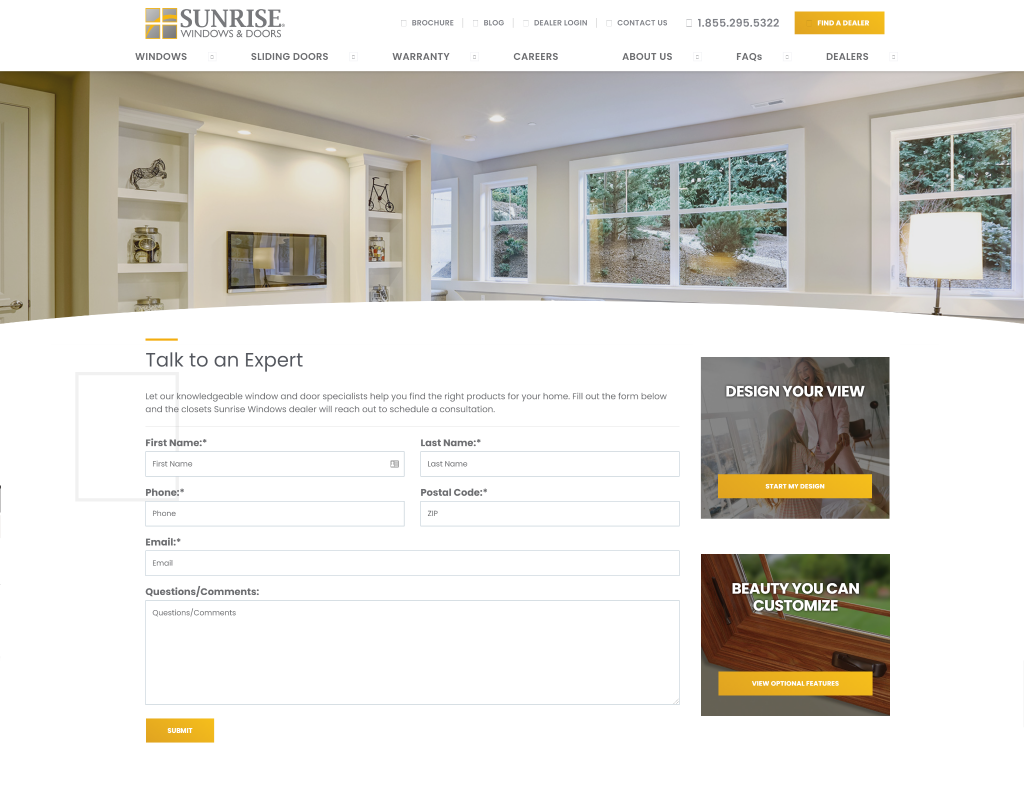
The problem? This takes the power of choice out of the customer’s hands. Buyers have to wait to be contacted, without assurance of when they’ll hear back, or whether they’ll be connected with the closest, most appropriate dealer. This falls short of a key rule of good UX: give the customer what they’re looking for, with a smooth off-ramp to the next step.
Andersen Windows & Doors takes a different approach. On their dealer locator page, users first select their US state or Canadian province, and then choose a nearby dealer from the map. Local dealers are listed further down on the page in plain text as well.
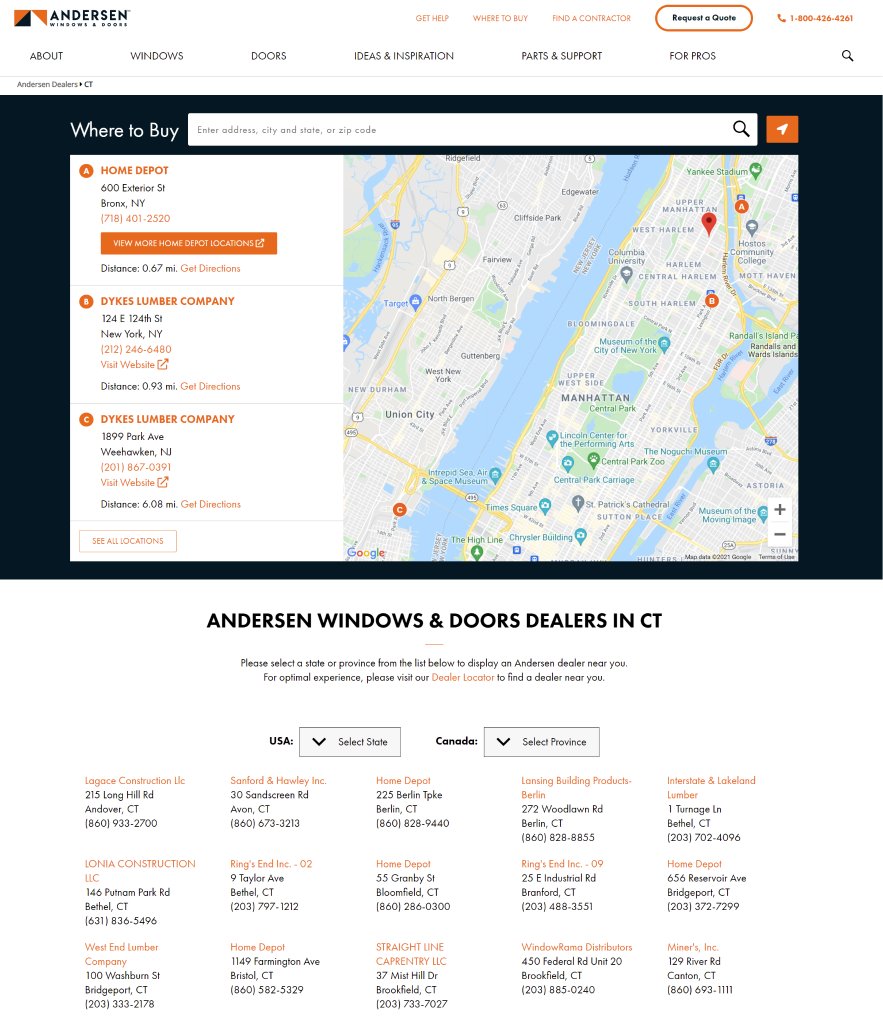
This is closer to the ideal dealer locator page. There’s no confusion about how to find a local shop, and all the basic elements are in place for customers to buy on the same day, if they so choose.
Empower your web user to make their own quick decision about where to buy. Show them how to get there, and how to get in touch right away. Window manufacturers who adhere to this web design philosophy will do better in generating sales.
3. Enhance the Local and Zip Code Search Experience
It certainly helps if your web visitors can click on a drop-down bar, select the state they live in, and find their way to the closest dealer.
Your locator page (and by extension, your entire website) can do even more, however.
First, consider adding geolocation detection. This contributes to good UX by automatically detecting the user’s location the moment they land on any page. This is great for providing busy customers an expedited path to the perfect local dealer, without making them manually search for one.
For web visitors who know what they’re looking for, you should have an internal search feature. This lets users who are browsing your site hone in on a certain product line or take the next step towards finding the right dealer whenever they’re ready. Internal search is essential, as up to 68% of shoppers won’t return to a site with a poor search experience.
It doesn’t stop there, however. Search can even get more granular and useful to customers. You’ll want to investigate how to add zip code search to your website, as this is your chance to provide users with relevant hyper-local info instantly. Because users may not know the zip code of a nearby city off the top of their heads, it’s also a best practice to provide support for multiple geographic search options, like zip code, city, state, and country.
Another tip that goes hand in hand with this feature is enabling autocomplete. As users type a city name, a dropdown will appear with suggestions. Users can easily search without entering the full name, helping to prevent typos (which can lead to invalid searches).
If your entire website has enhanced locator functionality on top of geolocation detection and internal search, you’re well on your way to driving more window sales faster. These small, simple changes make a huge difference for ready-to-buy consumers.
Fortunately, the Bullseye platform can help you implement all these enhanced search features right away, along with widgets that help customers connect to the nearest dealer.

4. Utilize Local SEO For More Organic Traffic
Local SEO is key for ensuring your website dominates local search engine results for window products. Nearly 90% of mobile searchers visit a nearby store within a day of their search, so you don’t want to miss out on organic traffic opportunities.
How do you implement local SEO? A great start is to optimize your dealer locator page, as well as content on your site, around local search terms.
If a customer types “fiberglass windows in New Hartford CT” into Google, you’ll want your website to be at the top of the results. It can get there, if you:
- Have a dealer locator page that follows SEO best practices, while showing dealers that specifically carry fiberglass windows
- Have content that talks specifically about fiberglass windows — including trends, pros and cons, local deals, and other relevant information to searchers in New Hartford
Locator pages and content built with local SEO in mind will show Google that you’re serious about providing the “right” answer to specific search queries. Then, you can serve high-intent searchers in particular zip codes much better than your competitors.
5. Use Your Locator Page to Generate Leads
The biggest opportunity for your dealer locator page is to capture lead information. That means your page won’t just show listings as a passive element of your site. It will be a driver of sales opportunities as customers cross the bridge from lead to buyer.
It all starts when they land on your dealer page, and choose a local outlet. From here, a premium tool like the Bullseye platform can help you by:
- Generating lead capture forms where customers can enter their name, email address, and phone number
- Allowing customers to make product inquiries right away
- Giving you and your dealers the chance to follow up via email marketing
Suddenly, by adding these features, your locator page transforms into a crucial business development tool that can give you a competitive edge.
You’ll even be able to forge stronger relationships with dealers as you attribute sales with precision to specific stores, and demonstrate the impressive ROI dealers get by promoting your products.
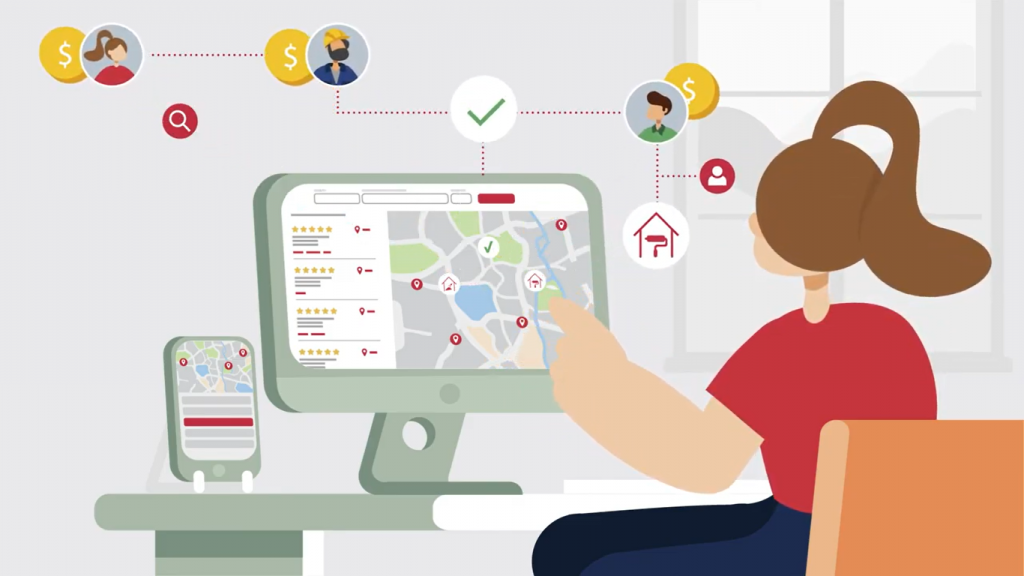
Want More Window Sales? Start With Your Dealer Locator Page
Smart window manufacturers are using every tool at their disposal, especially online, to win more customers. An overlooked website component, the dealer locator page, can be the key to more buyer opportunities and a healthier, more consistent flow of sales.
Using the Bullseye software is a great way to make this happen for your business. It’s a platform built with online marketing and sales in mind. It will help you create dynamic, high-quality locator pages that stay updated, take advantage of the modern web, and turn more web visitors into real-life, satisfied customers.
To learn more about what Bullseye can do for you, schedule a free assessment of your existing dealer locator page today!
Get Advanced Marketing Resources

Learn how building materials manufacturers can intercept demand and increase market share using their locators. Download our free guide today for advanced practices and insights!


